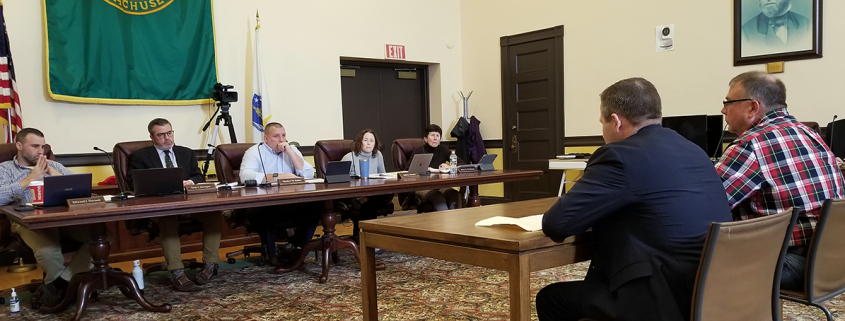Press Release: 2022-12-06
Clinton Votes to Maintain Split Tax Rate
Clinton Votes to Maintain Split Tax Rate
Last week, the Clinton Select Board held their annual tax classification hearing to set the residential and commercial tax rates for FY23. Through a spirited and sometimes contentious discussion, the Board ultimately voted to maintain the business community’s share of the Town’s property tax burden at 150 percent of the residential levy. Massachusetts allows two models for property taxes: single and dual rates. The single rate means that both residential and commercial properties are taxed at the same level. Meanwhile, a dual rate system dictates that one group – businesses – shoulders more of the burden and pays a higher share of taxes based on a property’s assessed value.
The North Central Massachusetts Chamber of Commerce was present at the meeting and testified to the importance of continuing to narrow the shift between commercial/industrial and residential. “Making the commercial tax burden more competitive will better position Clinton to attract new business investment, retain existing businesses, increase tax revenues and will send a powerful message that the town is business friendly,” stated Chamber President Roy Nascimento in his testimony, “Communities thrive with a solid base of businesses, jobs, resources and tax revenues, and these are the result of business-friendly policies and tax rates.”
The Select Board had been moving gradually towards reducing the shift, implementing the recommendation a special tax classification taskforce made in 2018 to lower the dual tax rate over time and move to a single tax rate long term in an effort to make the town more competitive to business investment. At last week’s meeting, Select Board member Mary Dickhaut and Chair Matthew Kobus advocated for increasing the shift to 154%, and Vice Chair Sean Kerrigan and Select Board member Julie Perusse proposed reducing the shift to 148% in line with the recommendation from the town’s tax classification taskforce. Ultimately, the Select Board voted in favor of maintaining the shift at 150%, with Select Board member Edward Devault casting the deciding vote. The actual impact for a commercial or industrial taxpayer will vary based on factors such as the assessed value of the property, but overall most commercial and industrial taxpayers will be seeing a modest increase in their tax bill compared to the prior year. In maintaining the 150% shift that the Town adopted, the average commercial property valued at $369,923 will be taxed at $62 more than the previous year. Alternatively, if the Select Board had voted to reduce to the 148% shift as recommended, the owner of that property would have seen a decrease of $49. At the maximum shift of 175%, the commercial/industrial rate would have jumped to $26.16 per thousand dollars and the taxes on the average commercial property would have risen by approximately $1,445. The Chamber would like to thank Select Board members Kerrigan and Perusse for their support of reducing the tax rate.
